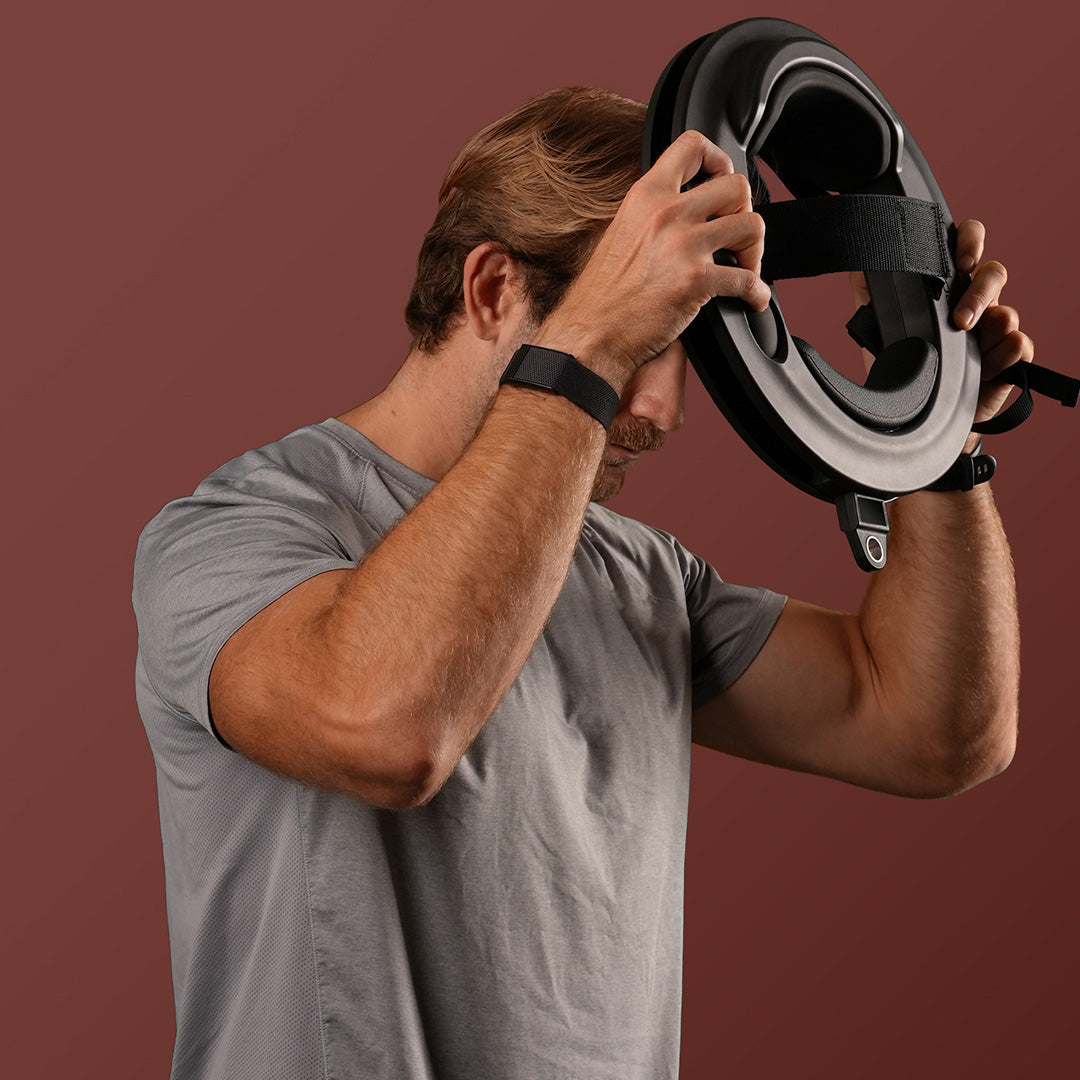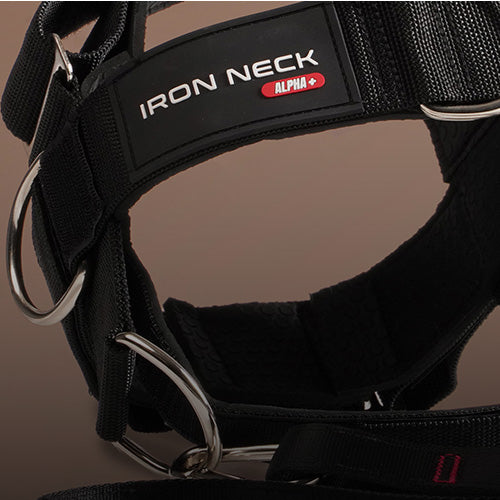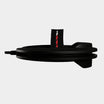When we think about neck stiffness, many of us just want to tough it out and keep up our regular exercise routine. But it's important to take the time to address any changes in mobility. If you're struggling with some tightness or stiffness, you may be better off restructuring your workouts to focus on dealing with this issue, so you can get back to operating at 100%.
If you are experiencing severe neck pain, it's important to consult a health care provider. They can give you trustworthy health information to decide whether or not there is something more serious going on. In most cases, neck pain isn't life-threatening, just detrimental to a happy and healthy life. Not only that, but it can affect whether or not you can continue normal exercise in any capacity. Ignoring the source of pain and continuing with strenuous workouts can often lead to further injury.
Neck Pain Can Hamper Mobility
If you ignore neck pain, it can lead to a severe drop in your range of motion. Your neck's ability to move can drastically affect your quality of life, so you'll want to ensure your neck rotation is not hindered. But how exactly can neck mobility exercises help with neck pain, and strengthen your body in general?
How can Neck Mobility Exercises Help with Iron Neck
Proper neck stretches and exercises are the #1 activity to help relieve pain and increase your range of motion. The root cause of many cases of neck pain is the improper or overuse of certain muscles. You might think that this is just from going too hard when you exercise, but this pain can come from something as simple as poor posture when working in a seated position. Exercises that help with neck rotation and mobility work to counteract this pain by stretching out and loosening these tight muscles; This works to relieve the tension and allows the neck to engage its former full range of motion.
A physical therapist will generally recommend that you keep doing these exercises for several weeks before seeing results. Not only that, but they recommend that even when the pain subsides, continue to stretch the neck. This helps prevent pain from returning in the future. Keeping up a proper stretching and exercise regimen is the best way to maintain proper neck mobility. Part of this regiment is knowing the different ways the neck can move, and choosing exercises that target each type of movement.
what are the different classifications of neck movement?
Neck mobility is defined by four different categories: flexion, lateral flexion, rotation, and extension. Each of these utilizes a different set of muscles and has exercises specifically designed to increase their specific range of motion. As you can imagine, a proper neck mobility regimen will incorporate each of these movement categories. Let's break each one down in depth below.
Flexion
Neck flexion is defined by the movement of the chin downwards towards the chest. If you sit in front of a computer, you are utilizing this movement to look down at the keys, or your phone when taking a break. This movement uses the deep neck flexor muscles, as well as the sternocleidomastoid muscle.
Lateral Flexion
Lateral neck flexion is the movement of the neck to one side or the other. When your right ear to your right shoulder, or your left ear to your left shoulder, that is lateral flexion. These use the scalene and sternocleidomastoid muscles together.
Neck Rotation
Neck rotation is the act of turning the head to the left or right. This can also be known as cervical rotation, as the neck contains the upper portion of the cervical spine. This also uses the sternocleidomastoid muscle in conjunction with other neck muscles.
Neck Extension
Neck extension is the motion of moving the neck backward. If you've ever heard an airplane and turned your head up to the sky to see where it is, you've engaged in a neck extension. Some of the muscles used to perform this movement are the Spinalis Cervicis and the Spinalis Capitis.
why would you want to train your neck?
Besides pain treatment and prevention, a strong neck is a foundation for a strong physique. While stomach muscles, also known as abdominal muscles, get much of the credit for a person's posture, the muscles in the neck play a vital role in keeping our heads held high and confident. Neck exercises can also strengthen other muscles in the body, especially those in the upper back. As any health care provider will tell you, exercise is the cornerstone of a healthy life. Stretching can be just as important, and a good neck stretch is essential to maintaining healthy neck mobility. On the other hand, neglecting the muscles of the neck can lead to a slumping, forward posture. This posture makes you look less confident and can be damaging to the neck and spine.
neck mobility exercises
There is a multitude of simple exercises that can increase neck mobility and reduce neck pain. It's good to utilize exercises and stretches that target each type of neck movement. Here are neck exercises that work fine by themselves, but are drastically improved with the usage of proper equipment.
left and right looks
This may seem like an oversimplified exercise, but a good foundational neck stretch to begin with is a simple set of looks. This is a basic exercise involving neck rotation from the left to the right. Begin by engaging the core muscles to keep the spine neutral, and keep your right and left leg firmly planted; Then, push your shoulder blades together. You'll want to gently rotate your neck from your left shoulder to your right. Pause briefly in between to look straight ahead, then proceed to the opposite side. When performing this exercise, make sure not to go beyond your current limitations. Discomfort is fine, but severe pain indicates you are trying to go too far, too early.
chin tuck
A classic neck exercise, the chin tuck is a great way to increase neck mobility. The starting position should be your natural standing posture, with your right and left leg firmly planted. You'll want to be looking straight ahead with your arms in a neutral position by your side. Then pull your head back until your neck is straight, and your chin is tucked. Release, and push your chin back out. If you need to, you can use one hand to help guide your chin, pushing it until the neck is straight.
neck flexion stretch
If the tightness in your neck is centered in the posterior neck muscles, which are located between the ears and shoulders, then a neck flexion exercise may be exactly what you need. Your starting position should begin with your left and right leg firmly planted, with your shoulders drawn back so the shoulder blades are close together. Then, slowly tilt your head down towards your chest, so your chin is drawn to your chest. Hold your head there for up to 30 seconds, and repeat up to 4 times.
backward bending
Backward bending is an exercise that perfectly targets the extension form of movement in the neck. Keep your shoulders pulled back and stationary as you tilt your head back and up, towards the sky. Hold your head back in that position for up to five seconds, or whenever you begin to feel any sort of strain. Then return your head back to a neutral position. There are countless other exercises that can strengthen your neck, and it's important to take the time to find what types of exercise work best for you. But equally important is optimizing the exercises you have chosen, and resistance training is a great way to do so.
how can resistance training help my neck mobility and neck pain?
While all of these exercises are great, their effectiveness is drastically boosted by the introduction of increased resistance. Peer-reviewed studies have shown that strength training in the neck can not only increase neck mobility but decrease pain as well. A professional can provide medical advice to help choose what resistance exercise works best for your specific mobility goals. The real problem is choosing a company that sells quality resistance training equipment. Many brands offer resistance bands designed to work for any part of the body, without specializing in the neck. You'll want to choose a company that makes products specifically to increase your neck mobility, so you can sculpt the flexible and strong neck you desire.
which equipment is needed to perform neck mobility exercises?
The best tool on the market to increase your neck mobility is Iron Neck. The Iron Neck is the #1 solution to increasing your range of motion while treating and preventing bothersome neck pain. Not only that, but Iron Neck can improve your posture, and ensure you reach your highest physical potential. If the Iron Neck models are outside of your price range, our line of premium bands or our neck harnesses may be more your speed. Reduced neck mobility is a choice. You need to take the steps to create the strongest possible version of yourself, so you can dominate every aspect of your life. The first step on that journey is by choosing Iron Neck.











